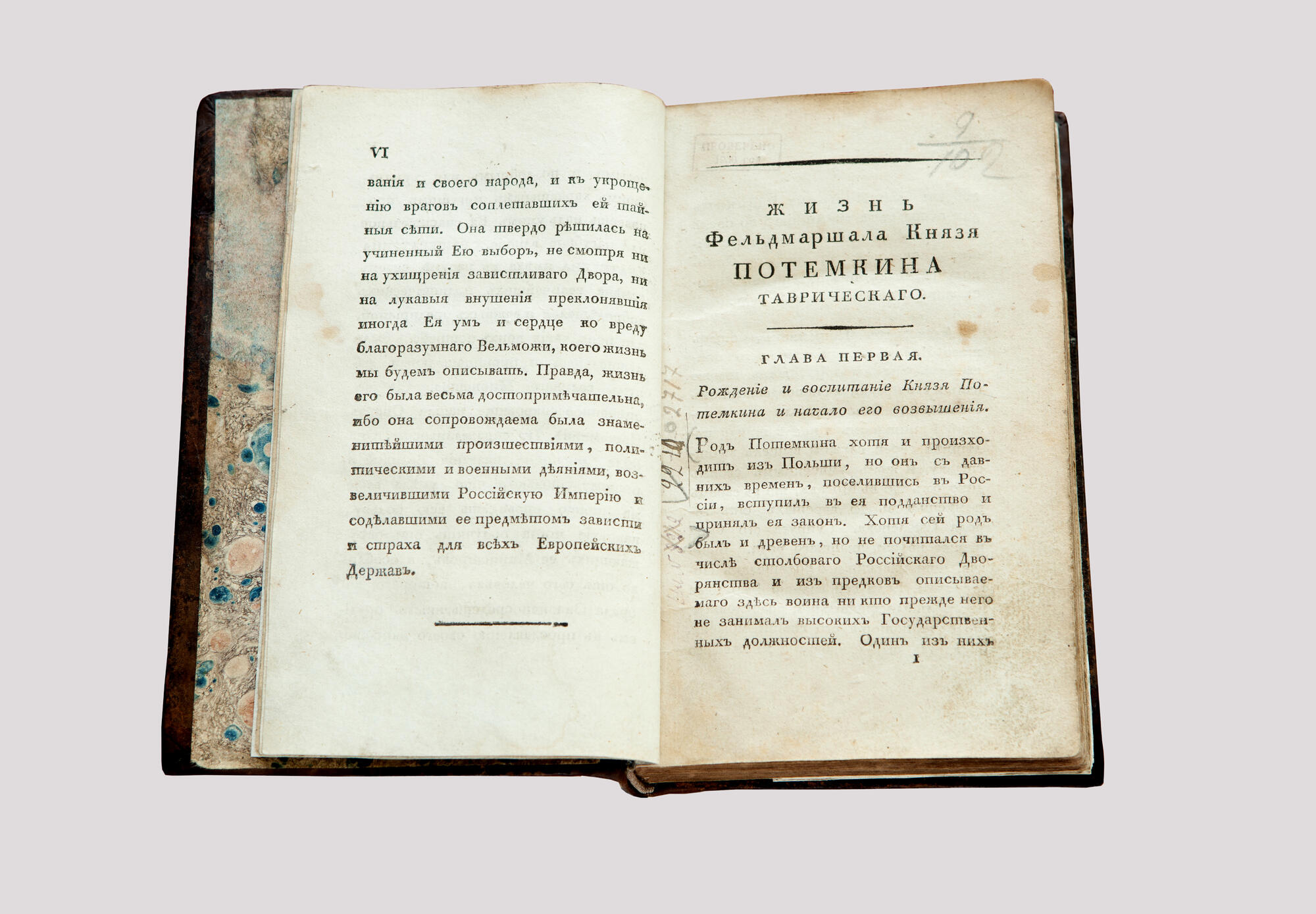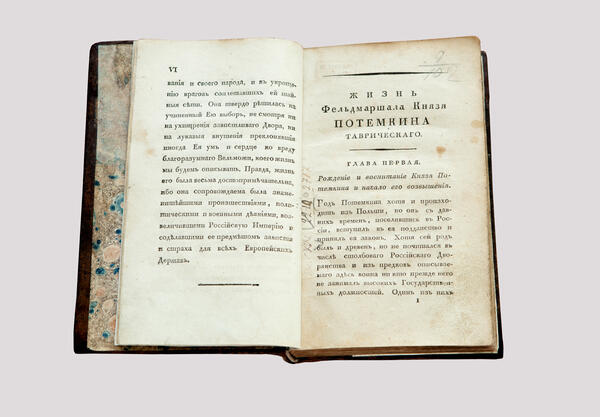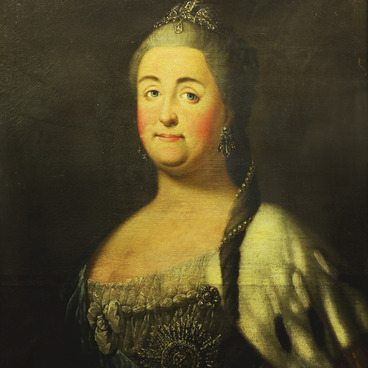Grigory Aleksandrovich Potemkin was one of the most influential people of his time, the closest aide of Empress Catherine II, the founder of the Black Sea Fleet, a military man and a reformer.
The author of the book ‘The Life of Field Marshal General Prince Grigory Alexandrovich Potemkin-Tavrichesky’ is the Frenchman Tranchand de Laverne, an officer who served in Russia. De Laverne published a book on Potemkin in Paris in 1808. The book was written 17 years after the death of His Serene Highness.
Structurally, ‘The Life of Field Marshal…’ consists of an introduction, a first part with chapters, and a second part. At the end of the book, there are eight illustrations depicting the vicissitudes of the Russian-Turkish war of 1787-1791. Translation from French into Russian was made by Lyovshin. The author of the engravings in the book is the Saxon artist Geyser.
In chronological terms, the book is structured extremely unevenly: almost all of Potemkin’s life, from the moment of his birth to the trip of Catherine II to the Crimea in 1787, is told in only 97 pages, and the last five years of the life of the “Prince of His Serene Highness” until 1791 occupy 205 pages. Oddly enough, Potemkin is not the main character of the story. “The Life of Field Marshal… Potemkin” is not a laudatory eulogy to Grigory Alexandrovich. The leitmotif of de Laverne’s work can be formulated as follows: Potemkin is undoubtedly a talented minister, albeit with a complex character, but nothing more than a successful executor of the will of the great empress Catherine II. Quote from the introduction: ‘In all fairness, She was worthy of the name Great and only because she was able to very subtly foresee all the benefits that she could receive from the Ministers around her, and especially from this person whom she had chosen as a direct instrument for glorifying her reign…’
Catherine II and her foreign policy are central to the story, right down to the citation of the empress’s decrees and manifestos. There are practically no quotes from Grigory Alexandrovich. Moreover, a significant number of facts from the life of the “Prince of His Serene Highness” are given in de Laverne’s work either carelessly, with inaccuracies, or with gross errors.
The book ‘The Life of Field Marshal…’ came from the oldest museum in the city of Smolensk — historical and archaeological, opened in 1888 at the initiative of a local historian, collector, history teacher at the Smolensk gymnasium Semyon Petrovich Pisarev. This is evidenced by the seals of the ‘Smolensk City Historical and Archaeological Museum at the City Duma’.
The author of the book ‘The Life of Field Marshal General Prince Grigory Alexandrovich Potemkin-Tavrichesky’ is the Frenchman Tranchand de Laverne, an officer who served in Russia. De Laverne published a book on Potemkin in Paris in 1808. The book was written 17 years after the death of His Serene Highness.
Structurally, ‘The Life of Field Marshal…’ consists of an introduction, a first part with chapters, and a second part. At the end of the book, there are eight illustrations depicting the vicissitudes of the Russian-Turkish war of 1787-1791. Translation from French into Russian was made by Lyovshin. The author of the engravings in the book is the Saxon artist Geyser.
In chronological terms, the book is structured extremely unevenly: almost all of Potemkin’s life, from the moment of his birth to the trip of Catherine II to the Crimea in 1787, is told in only 97 pages, and the last five years of the life of the “Prince of His Serene Highness” until 1791 occupy 205 pages. Oddly enough, Potemkin is not the main character of the story. “The Life of Field Marshal… Potemkin” is not a laudatory eulogy to Grigory Alexandrovich. The leitmotif of de Laverne’s work can be formulated as follows: Potemkin is undoubtedly a talented minister, albeit with a complex character, but nothing more than a successful executor of the will of the great empress Catherine II. Quote from the introduction: ‘In all fairness, She was worthy of the name Great and only because she was able to very subtly foresee all the benefits that she could receive from the Ministers around her, and especially from this person whom she had chosen as a direct instrument for glorifying her reign…’
Catherine II and her foreign policy are central to the story, right down to the citation of the empress’s decrees and manifestos. There are practically no quotes from Grigory Alexandrovich. Moreover, a significant number of facts from the life of the “Prince of His Serene Highness” are given in de Laverne’s work either carelessly, with inaccuracies, or with gross errors.
The book ‘The Life of Field Marshal…’ came from the oldest museum in the city of Smolensk — historical and archaeological, opened in 1888 at the initiative of a local historian, collector, history teacher at the Smolensk gymnasium Semyon Petrovich Pisarev. This is evidenced by the seals of the ‘Smolensk City Historical and Archaeological Museum at the City Duma’.



